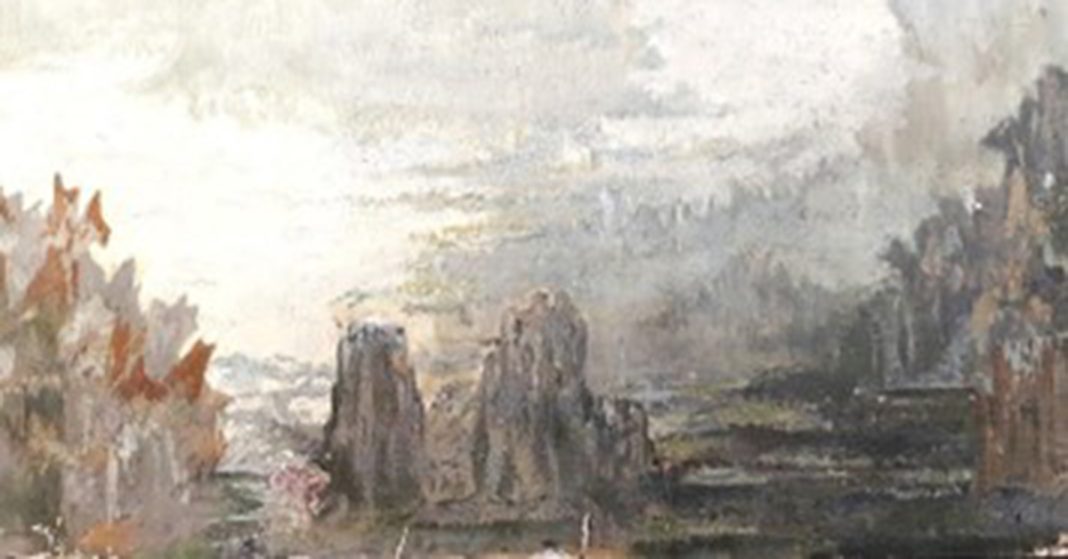As early as May 1788, only months after the Island’s discovery by Henry Lidgbird Ball, the very first written observations about Lord Howe’s marine life were penned by Arthur Bowes Smyth, a surgeon on the First Fleet ship Lady Penrhyn. Smyth not only noted the abundance of fish “which bit so very fast that in about 2 or 3 hours we had caught some hundredweight…” but was amazed by the diversity of lagoon life where “The water in many parts is not more than 4 or 5 ft. deep, with a fine white sandy bottom with coral, brain stones and many other marine plants growing at the bottom, with the sun shining bright upon them, and the innumerable quantities and varieties of fish swimming amongst this coral grove, if I may be allowed the expression, exhibited such a novel and beautiful a scene as but few places in the world, I believe, will afford.”
However, commencing in 1853, scientific expeditions to the Island started cataloguing marine species, with a particularly well organised expedition being conducted by the Australian Museum in 1887. The Museum report noted that “the [fish] specimens obtained during our late visit were one hundred and fifty-five in number, distributed over about 32 genera, and between about thirty-five and forty species.” Detailed lists were also compiled of the Island’s sea shells (molluscs), crabs (crustacea), starfish (asterias), and sea urchins (echinoderms) though it was lamented that, “We experienced great disappointment in our efforts to obtain a representative series of the corals forming the fringing reef at Lord Howe. The long continued foul weather quite prevented us visiting those portions of the reef best adapted for the study of its actinology”.
More detailed study of the marine life, including corals, came in the early 20th century as the result of further work by Australian Museum scientists, Edgar Waite and Allan McCulloch (the latter even having his memorial erected on Signal Point). In his day, McCulloch was not only regarded as “one of the top six marine scientists in the world” but was an extremely competent artist who tried to capture the corals at Lord Howe via a painting in which the coral formations looked somewhat like Mounts Lidgbird and Gower.
This research by the Australian Museum, was supported by Island residents like Robert Baxter who forwarded new and unusual marine specimens for study and classification. By the 1920s and 30s, the Island’s modest tourist industry – in which passengers could arrive for a day or two on small cruise ships, or for longer periods between the calls of Burns Philp trading ships – was also starting to capitalise on the beauty of the Island’s marine life. Harry Woolnough, a marine engineer who came to work on Lord Howe in 1931, recalled “A few of us used to make a few bob [shillings] by taking the visitors out on the Lagoon… We used to charge 2/- a head, I think, to take them out to show them the corals.” The visitors (no more than four at a time, according to Harry) viewed marine life through a glass-bottomed box of modest dimensions carried inside a dinghy. This ‘glass eye’ was suspended over the side whenever interesting fish and/or corals were located.
Following World War II, the Island’s tourist industry revived with larger numbers of visitors coming by flying boat. Surface snorkelling and spear fishing became extremely popular with both locals and visitors, but the exploration of the deeper waters around Lord Howe was largely pioneered by intrepid scuba divers like Edward Du Cros, Julie Booth and Jim & Mabel Brown. All carried out valuable scientific work that would now be classified as “citizen science”. They were also great publicists for the conservation of the marine life by starting a local “Undersea Explorers’ Club” (Edward du Cros), capturing the vivid beauty of the underwater world via art and descriptive writing (Julie Booth,) and via slide presentations and direct lobbying (Jim & Mabel Brown).
In Australian Wildlife (June 1983) Jim Brown wrote “My conviction that Lord Howe Island should prove to be much more important than the subject of a beautiful island story has persisted since my first visit in 1938”. So it was that, when the conservation movement wanted to convince State Premier, Neville Wran, that Lord Howe was worth World Heritage Listing, it was scuba diver, Jim Brown, who hosted Neville and his wife Jill on a scenic and scientific tour of the Island.
Of all these people, however, perhaps the most remarkable was Julie Booth. As a school child of 9 or 10 years of age, I can remember Julie’s son, Carl, being enrolled with us at the Island school. An indelible impression of his mother remains as a woman emerging onto an Island beach dripping wet after a dive into Island waters. In the early ‘60s scuba diving was not typically women’s territory – but one has to ask, why not??? Julie’s passion for the underwater world was closer to an obsession as it literally consumed her entire life. Jann Barry has done a remarkable job assembling – especially for Signal readers – a concise biography of Julie, a truly remarkable “spark from the past”. She was one of a small group of very dedicated early scuba divers who worked hard – alongside marine scientists – to convince the world that Lord Howe was “much more important than the subject of a beautiful Island story”.


